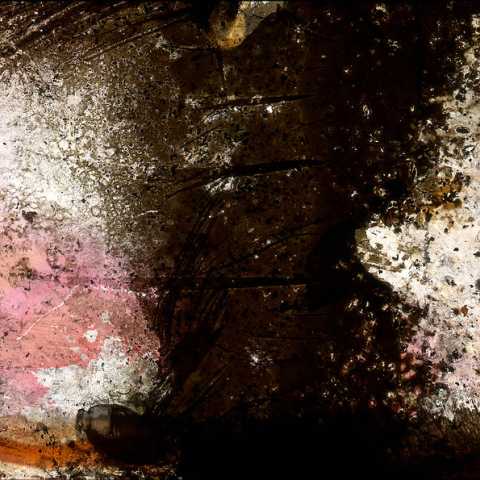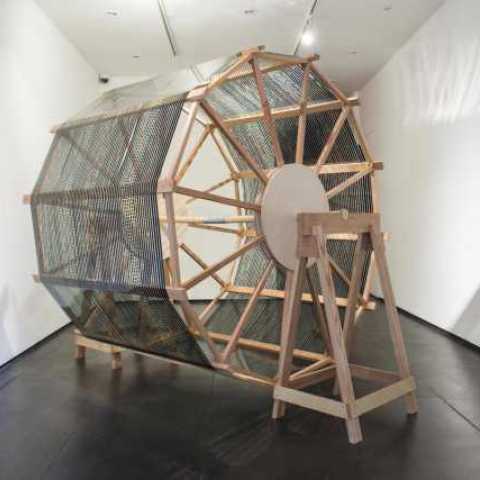Christine Park Gallery
35 Riding House Street
Fitzrovia
London
W1W 7EA
United Kingdom



Christine Park Gallery is proud to present the first UK solo exhibition of Korean filmmaker Hangjun Lee. The exhibition will include a dual screen 16mm projection of Lee's film 'Nebula Rising', and accompanying film-related materials.
Film is an extended medium of either 16mm or 35mm diameters in width. Each has a specific weight, thickness and length which depends on their duration. To measure the mass and volume of film, we can use gallons (gal), kilograms (kg), milligrams (mg), grams (g), and litres (l). Measurements of filmic material are technological realities but do not necessarily define what we call the cinematic; we only need a projector to see that which (like mammals) has been growing every day on para-filmic material since the 13th century, as Hollis Frampton briefly wrote in For a Metahistory of Film (1971). It is not only the celluloid but many materials that pass through the projector, however. The perforations used for transporting and steadying the images are the only clue to show they are film material.
The Nebula Rising series is about tensile strengths of base and thickness of emulsion on film material. In the history of artisanal cinema we increasingly find meaningful practices like the Schmelzdahin in Germany; erosion and permeation of chemical agents such as potassium and sodium are a relentless archaeological and alchemical object of visual reference. The visual textbook is profound; we can see cracked and reticulated patterns, separations and concretions like mud cracks and salt lakes, and old handmade paper from mulberry trees. But this is just one element of the massive undertaking of making film (though I do not wish to mystify the universal image of the filmmaker). It is however, more like the science of dust, the rule of all timeconsuming acts, which I cannot stop pursuing.
Filmmakers and archivists convert the thickness, length and weight of film into time. When filmmaking and archiving a feeling for film's physical substance develops, time-conscious becomes tangible; observing the material is the same as watching the clock. As per Gilbert Simondon's Du mode d'existence des objets techniques (1958), the enslavement of labour(ers) through repetitive practice has contributed in making the manipulation of material and shape in natural accordance with them more ambiguous. Repeated futile efforts and the chain reaction of experience through time meet in an antiphonal action whereby material and shape become transparent. The abstracted images revealed despite the velocity of the chemical agents are residual of the labourer's experience.
Hangjun Lee February 2015
Hangjun Lee (b.1977) is a Korean filmmaker and independent curator based in Seoul, South Korea. He has recently featured at major film screenings and performances in Europe, including BOZAR (Brussels) and Musée des Beaux-Arts de Nantes. His works are based on multiprojection and optical sound, often involving improvisations with a variety of artists. His films have been shown internationally at venues including, the National Taiwan Museum of Fine Arts (Taiwan), 102 (France), South Bank Centre (UK), Cafe OTO (UK), LUFF (Switzerland), and Netmage10 (Italy). He has contributed to several contemporary arts magazines in China, Taiwan and South Korea, and has participated in artist residency programmes at LIFT (Toronto), No.w.here (London), MTK (Grenoble), and MIRE (Nantes).
This exhibition is also supported by the Arts Council Korea.
Hangjun Lee will also be shown by Christine Park Gallery at Art 15, London in May 2015 with a solo presentation of the artists' work.
